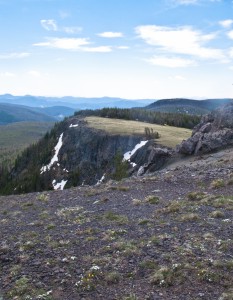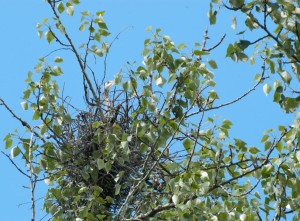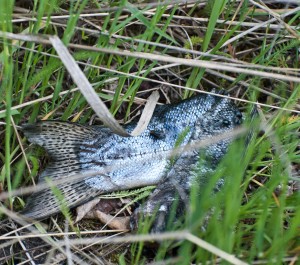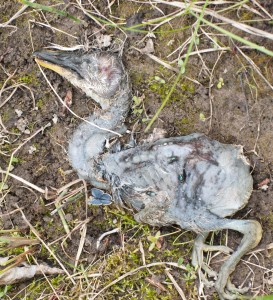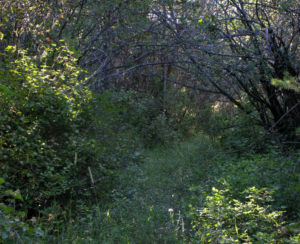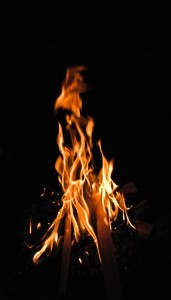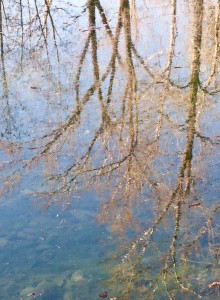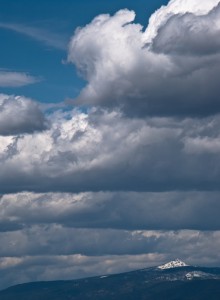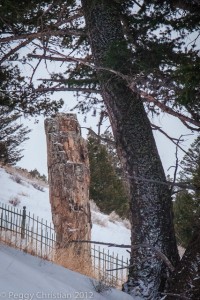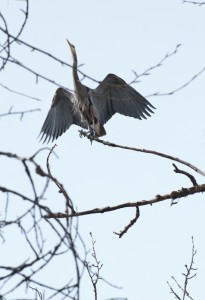 It was one of those mornings when my to-do list was weighing me down with its shoulds and have tos. I was overwhelmed by the shear number of them, making me snuggle deeper into the covers and feign sleep. But I could hear the clattering in the kitchen of my husband starting his day and I poked my head up to stare out the window into the backwoods . My planning for the day was suddenly interrupted by the pterodactyl form of a heron weaving its way through the sticky buds of the cottonwoods, then another and another until finally I had seen seven great blue herons making their way north, toward the hundred acre wood next door.
It was one of those mornings when my to-do list was weighing me down with its shoulds and have tos. I was overwhelmed by the shear number of them, making me snuggle deeper into the covers and feign sleep. But I could hear the clattering in the kitchen of my husband starting his day and I poked my head up to stare out the window into the backwoods . My planning for the day was suddenly interrupted by the pterodactyl form of a heron weaving its way through the sticky buds of the cottonwoods, then another and another until finally I had seen seven great blue herons making their way north, toward the hundred acre wood next door.
Instead of getting up and feeding the dog, emptying the dishwasher, checking my e-mail, I threw on some clothes, grabbed my camera and headed out the door in the direction the great birds flew. I waded through the tall frosty grass to the fence where the lace work of spider webs wove between the barbed wire. I passed the pond where a red tail hawk circled low over the water and looking up I saw in the distance a huge stick nest in a cottonwood tree. Climbing over the fence into the hundred acre wood I saw another nearby and then another.
Twenty one nests in all, 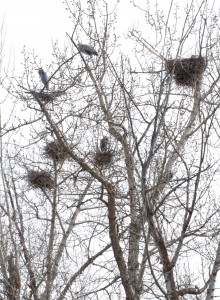 and a flurry of activity. Pairs of birds clustered around some of the nests, or one bird sat in the nest while another sat on the branch, standing guard. At one point a third heron approached a nest and was driven away with a great deal of the croaking squawk that sounds so incongruent from these elegant looking birds.
and a flurry of activity. Pairs of birds clustered around some of the nests, or one bird sat in the nest while another sat on the branch, standing guard. At one point a third heron approached a nest and was driven away with a great deal of the croaking squawk that sounds so incongruent from these elegant looking birds.
This lone heron then circled over another nest and the resident male stretched its neck out in the gesture that clearly meant come no closer.
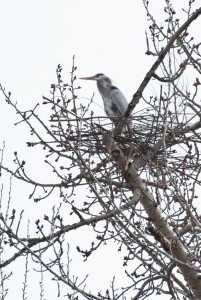
Wandering around under the nests I came across a broken shell. The pale blue of a robin’s egg, it was the size of a large chicken egg. I looked above and saw a nest that was clearly in the early stages. The male heron flew in with a stick his mouth, offering it to the female who 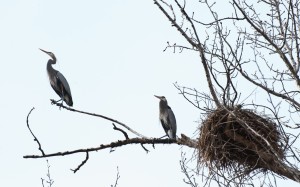 placed it carefully in the nest. I wondered if their nest had fallen and they had had to start over, but there was no sign of scattered sticks near the broken egg.
placed it carefully in the nest. I wondered if their nest had fallen and they had had to start over, but there was no sign of scattered sticks near the broken egg.
Higher up in the same tree another couple had apparently finished the work on their own nest.
After spending several hours watching the activity in the rookery, I reluctantly returned to my own nest to get to work on those chores.
I didn’t back out to the rookery until this week and by then the activity in the rookery had quieted down considerably. Peering into the nests though, you could just see the beaks of the brooding birds. The eggs take 28 days to hatch.
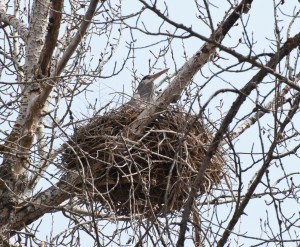 With a clutch of 6-8 eggs, only two or three will survive. And on the ground, near where I found the first broken shell, were two more. Was it predation by an eagle? A racoon? Or had the mother heron knocked the eggs from the nest when she turned them? Egg turning is a crucial process because the egg has to be kept evenly warm and the embryo on top, so the chick can develop fully in the shell.
With a clutch of 6-8 eggs, only two or three will survive. And on the ground, near where I found the first broken shell, were two more. Was it predation by an eagle? A racoon? Or had the mother heron knocked the eggs from the nest when she turned them? Egg turning is a crucial process because the egg has to be kept evenly warm and the embryo on top, so the chick can develop fully in the shell.
The cottonwoods are beginning to leaf out now which will make viewing the nests much more difficult. But I plan to keep track of the activity in the rookery and will be heading out for the next two and half months until the fledglings are ready to fly. Just another thing to add to my to-do list.
Like this:
Like Loading...
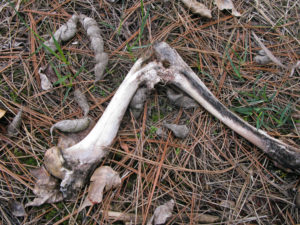 But these are not the things that bring revelation. Revelation comes when you stumble across the scattered bones of a half eaten deer and see the white hairy scat of the coyote and you remember the night, just a few nights ago, when you heard the yipping which increased in tempo, when you could almost hear the keening of celebration and death in the long crescendos of the howling and you know you are standing on sacred ground where one life fed many others and was transformed.
But these are not the things that bring revelation. Revelation comes when you stumble across the scattered bones of a half eaten deer and see the white hairy scat of the coyote and you remember the night, just a few nights ago, when you heard the yipping which increased in tempo, when you could almost hear the keening of celebration and death in the long crescendos of the howling and you know you are standing on sacred ground where one life fed many others and was transformed.
